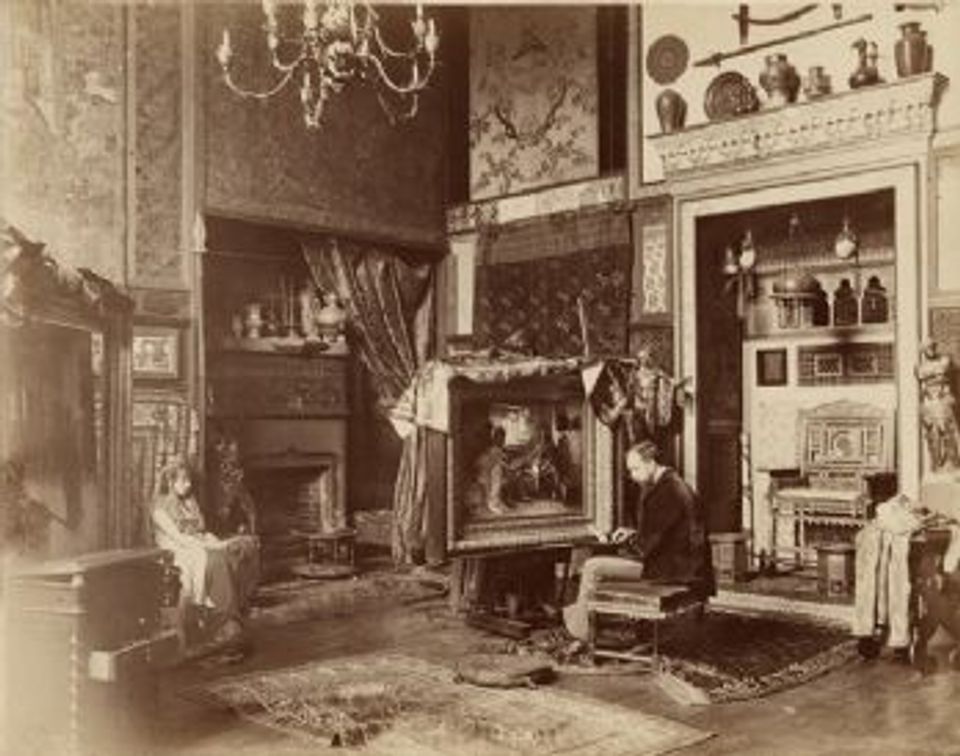Frederic Arthur Bridgman

- Also known as
- F. A. Bridgman
- Frederick Arthur Bridgman
- Frederic A. Bridgman
- Frederick A. Bridgman
- Born
- Tuskegee, Alabama, United States
- Died
- Rouen, France
- Active in
- Paris, France
- Biography
Frederick (sic) Arthur Bridgman relocated from Alabama to New York with his family while still a youth. He was eventually employed as an engraver with the American Bank Note Company. He began studying art in his spare time inthe Art Schools of Brooklyn and the National Academy of Design in New York. He traveled to Paris in 1866 and became a favorite student of Gérôme which lead to Bridgman's exhibition in the Paris Salon in 1868. He made France his permanent home in 1870, and spent his summers on sketching tours of Brittany. He exhibited with the National Academy of Design in 1871. He lived in Egypt in 1873; scenes from Egyptian antiquity were prominent in his work. Bridgman's talents extended to writing and music; he was a noted composer and musician. The artist died in Rouen, France, in 1928.
National Museum of American Art (CD-ROM) (New York and Washington D.C.: MacMillan Digital in cooperation with the National Museum of American Art, 1996)













